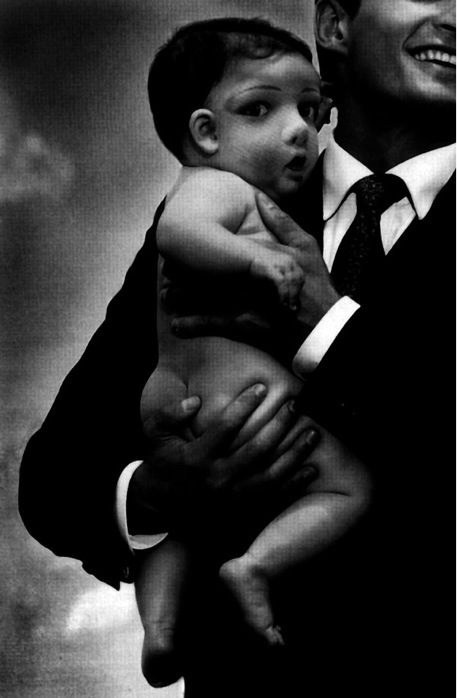Perfect Future
1998 - 2001
Center for Cultural Decontamination, Belgrade
Fabbrica Europa, Florence
Museum of Civilization, Quebec City, Canada
Gallery Edward Lear, Berat, Albania


Perfect Future
1998 - 2001
Center for Cultural Decontamination, Belgrade
Fabbrica Europa, Florence
Museum of Civilization, Quebec City, Canada
Gallery Edward Lear, Berat, Albania
In attempts to interpret and react to the problem of political control and repression, the question that essentially arises is the one regarding possible esthetic strategies - not only in the sphere of the arts, but in any public work and activity. After a decade of the lasting of a destructive regime, understanding responsibility for all that has been done, and for all that remained unsaid, is inseparable from understanding the esthetic system which accompanied a public speech and a public silence. What is characteristic for the time of a great political crises, or rather of a public work in such times, is an almost complete impossibility of formulating a stand objectively free of its own political consequences. Practically every speech, from popular culture to religion, is defined by a political stand or by a political compromise, which in the environment of a strong political and cultural polarization inevitably becomes a moral compromise.
The aim of the project Perfect Future was to reveal a specific quality of power as a net of social and culturally defined relations, with their final manifestation in the individual, in his language, habits, system of values. Such an approach has naturally imposed a specific language, media, historical and artistic (or rather visual and strategic references) and subsequently forms of cooperation, collaborating institutions, and forms of financing the project. It could be said that every one of these factors was relevant in forming the work.
The project Perfect Future has been created (in the ideal meaning) as a propaganda action by the use of anti-propaganda means, where the social effect has been set as the basic artistic, conceptual and theoretic criteria. Depersonalizing the work, or rather its presentation, in the form of propaganda or commercial product, had the aim of creating an impression of an organized activity with a viral effect, which came before the actual massing of such strategies in Serbia at the end of the nineties.
Every one of the works under the title Perfect Future, had its street and gallery variant (posters/ video projections), and the tendency was to make contact with at least two target groups. This provided an interesting insight into individual reactions to the work – the relative difference between the reaction of street viewers and those visiting the gallery space. While the street viewer saw the work (posters) as an accusation that addressed him personally, the viewer in the gallery most often agreeably accepted the role of the accuser. The accused, in the first case was the viewer alone, unwillingly forced to identify himself with the regime, while in the other case, the viewer was the accomplice in some sort of a channeled civic resistance. The gallery, therefore, was used as a center for the diffusion of messages, a referential space for street events, but also the space which, in the bottom line, offered the viewer the possibility of a different cultural identification opposed to the proclaimed political and national model.
As part of the project Perfect Future, several editions of posters were printed and distributed, accompanied by gallery events, billboards, messages in form of adds on pages of daily newspapers, and one CD-ROM edition (Perfect Future / Screen Savers 3). Aside from Belgrade, the works have been presented in Slovenia (Break 21, 1999), Italy (Fabbrica Europa, 1999), Canada (Rencontres internationales en arts visuels, 2000) and Albania (Perfectly Friendly, 2001). The samples of the work (posters, CD-ROM) have been shown in several group exhibitions and thematic presentations of the Yugoslav art of the nineties, among which: Dossier Serbia, shown in Berlin, Vienna and Zurich (2001). In Belgrade, the project was developed in collaboration with the Center for Cultural Decontamination, one of the major centers of cultural and social activism of this region.
(2001)

Screen Savers >
Galerija Zlatno oko, Novi Sad, 1996
Unauthorized >
SKC Gallery, Belgrade, 1998
Perfect Future / Screen Savers 3 >
Center for Cultural Decontamination, Belgrade
1999
Center for Cultural Decontamination, Belgrade + poster campaign
1999
Museum of Civilization, Quebec City
2000
Fabbrica Europa / STAP Gallery
1999
poster campaign + newspaper add
2000
Edward Lear Gallery, Berat, Albania
2001
Unauthorized (Perfect Future)
digital print / poster 1998
Home / Works / Biography / Teaching / Contact & Links
